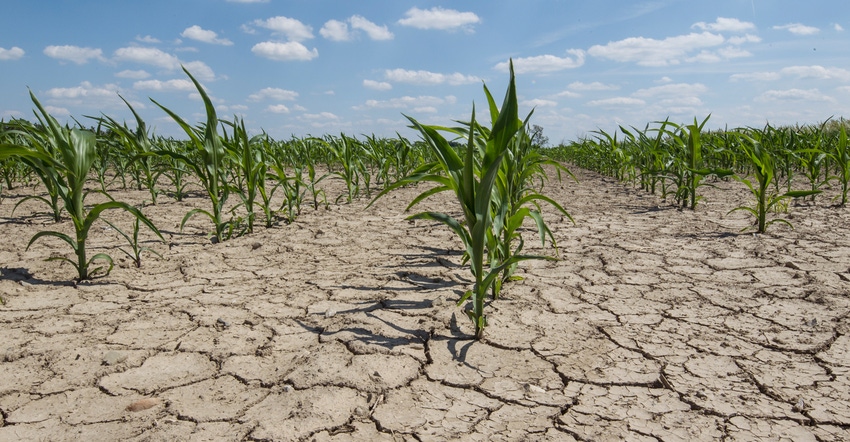
While planting is right around the corner, there’s still time to make a nutrient management plan for crop fields, especially with the potential for drought weighing on many producers’ minds in the Northern Plains.
Tryston Beyrer, crop nutrition lead for The Mosaic Co., says there are a lot of things to consider this season: “The drought and dry weather we’ve experienced in 2021 and if we’ll experience that again this year.”
He advises growers to start with a plan for success. “Evaluate all past crop management inputs, and make sure that based on your four-year yield trend, that you are feeding the crop the nutrients that it needs and making sure that your soils are not low in nutrient supply,” he says.
And soil testing is an imperative management tool with many benefits, especially in dry years. “One of the things we’ll oftentimes find is that when you are in drier conditions, soil nutrient levels actually need to be built up a little bit higher than is typically recommended as optimum, specifically for potassium,” he says.
In drier field conditions, the plants require moisture to allow potassium and phosphate to get into the plant after moving through the soil. Beyrer says with less available moisture, higher nutrient levels will allow for greater plant nutrient uptake.
“If you don’t have ample soil moisture, it makes it more difficult for plants to get the required nutrients, as nutrients are tied more tightly or fixed to the soil particles, so this higher concentration can effectively feed the plant with a smaller amount of water,” he says.
Nutrient focus
Depending on management in 2021, extra fertility may be left out in fields to utilize in 2022. “That little bit of fertility left out there can be helping producers in the long term — whether it’s nitrogen, phosphorus, potassium or even micronutrients,” Beyrer says.
So which nutrients may be most important for 2022? “I’d prioritize nutrients that are low, based on soil tests,” he says. “But in dry years, focusing extra on potassium and boron is important when it comes to helping overcome short-season moisture stress.” These nutrients, specifically potassium, assist plants with effective water usage, he adds.
Potassium “acts as a cooling agent where it helps keep the stomata pores within the plants open and able to operate, helping plants efficiently exchange oxygen and move water throughout the plant,” Beyrer says. These nutrients can play a vital role in all crops; however, in grass crops, including corn and pastures, they show “interesting” nutrient interactions within the soils.
“A lot of times dry and warm conditions result in greater activity of the ammonium form of nitrogen to be converted over to nitrate, and then the plants can utilize the nitrate within the soil when there is adequate positively charged potassium in the soil to balance the negative charge of nitrate,” Beyrer says.
Boron’s role
Where does boron fit into your crop nutrition plan? Even as a micronutrient, boron’s role is just as important as many macronutrients.
“Getting boron into the soil, ideally during preplant application, can allow for it to be in better proximity to soil moisture throughout the season, so it is available to be taken up throughout the life cycle of the crop,” Beyrer says.
Boron is especially vital to crops during pollination. “If you’re low on boron, it can result in the pollen not being as viable, especially during dry weather,” he says. “Applying boron as part of a balanced crop nutrition program will create a greater potential for adequate pollination of corn ears, and provide boron to crops such as soybeans that have a longer period of flowering and require boron to be continually supplied throughout the late season.”
Water availability can play a key role in management strategies, but ensuring nutrients are in adequate supply can also help increase water use efficiency. “We know, on average, 1 inch of water can make about 10 bushels of corn,” Beyrer says. “So while water can be a limiting factor, having an adequate nutrient supply can help increase water use efficiency.”
About the Author(s)
You May Also Like






